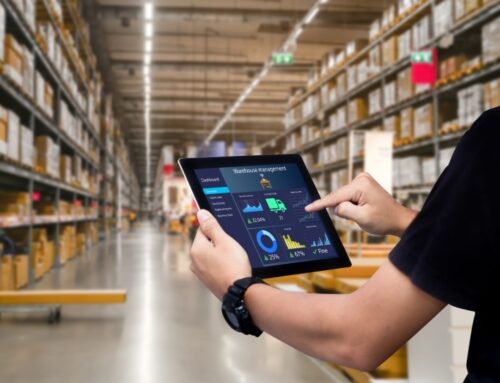Project Description
RFID based Smart Transportation System (STS)
RFID based Smart Transportation Systems (STS) is the most effective and efficient way to relieve urban traffic congestion, reduce accidents, reduce environmental pollution and improve the transportation system as a whole on cloud. It has been widely used in the most advanced cities of the world and regarded as the important development direction of 21st century traffic.
Smart Transportation System (STS) applies advanced technologies of electronics, communications, computers, control and sensing and detecting in all kinds of transportation system in order to improve safety, efficiency and service, and traffic situation through transmitting real-time information.
Smart transportation systems (STS) are advanced applications which, without embodying intelligence as such, aim to provide innovative services relating to different modes of transport and traffic management and enable various users to be better informed and make safer, more coordinated, and ‘smarter’ use of transport networks.
Objectives
• to improve traffic safety
• to relieve traffic congestion
• to improve transportation efficiency
• to reduce air pollution
• to increase the energy efficiency
• to promote the development of related industries
RFID technology will be used in the field of Smart transportation, giving full play to the automatic identification and the great advantages of dynamic
information acquisition, and effectively solving the bottleneck problem of the construction of traffic information
Some of the major technological constituents of STS are:
• Various forms of wireless communication for both short-range and long-range data exchange(UHF, VHF, WiMAX, GSM, etc.);
• Computational technologies – the present trend is towards fewer and more costly microprocessors, allowing for more sophisticated applications such as model-based process control and artificial intelligence;
• Sensing technology – employing sensors to feed control systems with both vehicle-based data (from devices such as radar, RFID readers, infrared- and visible-band cameras) and infrastructure-based data (from similar devices, as well as inductive or pressure sensors installed or embedded in and around the road).




